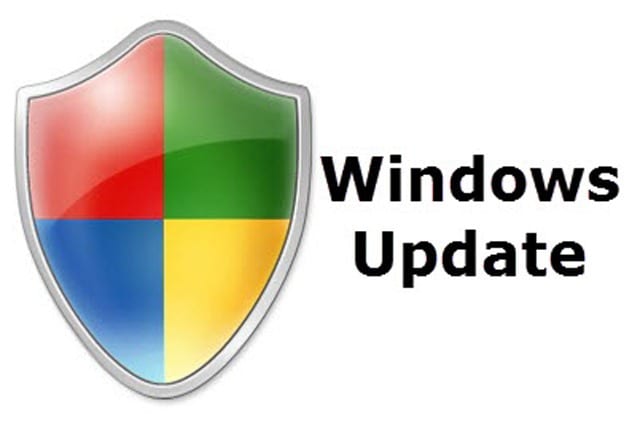When you download and install updates for your Windows computer, you may experience a more stable, reliable and secure system. There are times, however, when Microsoft hastily lets loose an update that does more harm than good. In some cases, a problematic update could break a computer and make it barely functional. Until Microsoft releases a polished version, the smart thing to do is to remove the Windows update from your computer.
Before you proceed to the steps below, create a restore point. If ever your computer gets even worse after uninstalling an update, you can roll back the computer’s state using the restore point.
How to uninstall a Windows update
First, boot your computer into Safe Mode, which should help you in removing problematic updates successfully. For Windows 8 or later, holding down the Shift key while clicking Restart should get you to the boot menu that leads to the Safe Mode option.
When Windows has loaded, go to Control Panel > Programs > Programs and Features > View Installed Updates. Let Windows populate the list. Search for the problematic update, right-click on it, and click Uninstall. Restart your computer.
In Windows 10, another method is to open the Settings app and then go to Update & Security > Advanced Options > View Your Update History > Uninstall Updates. Right-click the offending update, and click Uninstall. Restart your computer.
How do you know which update is causing the problem?
When you’ve been using your computer for a while, the View Installed Updates window should list a lot of installed updates. You can’t just randomly pick one, uninstall it, and hope that doing so fixes the problem.
Your best bet is to uninstall the most recently installed update. While the View Installed Updates window is active, go to the View menu (if it’s hidden, press Alt) and select Details. Hover your mouse pointer over the Installed On column, click on the drop-down arrow, and specify the date or date range. Start from the most recent dates.
When it comes to bad updates, you’re most likely not the only one experiencing problems. Go online, and search for the latest news or forum posts related to Windows updates. Other users may have identified which updates to remove.
How to remove a Windows update using System Restore
By default, your Windows computer automatically creates restore points before it undergoes major changes through app and update installations. You can use these restore points via System Restore to put your computer back to a functional state, in case the installations cause system errors and instability.
How to hide a Windows update
The problem with uninstalling updates is that they eventually come back, especially if your computer is set to receive updates automatically. You can choose to have Windows stop giving you updates you don’t want.
In Windows 7 and 8, go to Control Panel > System and Security > Windows Update. Click Check For Updates. When Windows is done checking for updates, click the link(s) indicating that updates are available. Find the updates in the list that you don’t want to install, right-click on them, and select Hide Update.
When you check for updates, all recently uninstalled updates should also appear in the list.
Why can’t I remove/uninstall an update?
When you click the uninstall button, you may receive an error message that says you can’t remove an update. This might happen if your computer belongs to a network and its update settings are handled by the Group Policy feature. You may not also be able to remove an update if it’s deemed critical for your computer’s security.


